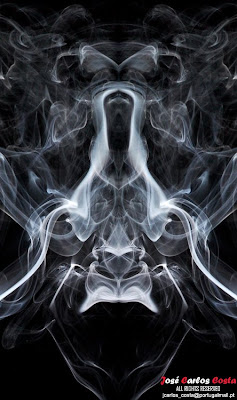Boas,
Este blog será desactivado nos próximos dias uma vez que estou a criar um novo site, onde estarão apresentadas muito mais fotografias.
Apesar de algumas galerias ainda estarem em construção, já está online!
Visita em:
http://jccosta.net/
Dingo

Frazer Islands - Australia
The Australian Dingo is an ancient, free roaming, primitive canine unique to the continent of Australia. Its original ancestors are thought to have arrived with humans from southeast Asia thousands of years ago, when dogs were still relatively undomesticated and closer to their wild Asian Gray Wolf parent species, Canis lupus. Since that time, living largely apart from people and other dogs, together with the demands of Australian ecology, has caused them to develop features and instincts that distinguish them from all other canines. Australian Dingoes have maintained ancient characteristics that unite them, along with other primitive dogs, into a taxon named after them, Canis lupus dingo, and has separated them from the domestic dog, Canis lupus familiaris.
Dingoes play an important role in the various ecosystems of Australia; they are apex predators and the largest terrestrial predators on the continent.
Due to its habit of attacking livestock and the vulnerability of sheep, dingoes and other wild dogs are seen as a pest by the sheep industry and the resulting control methods normally run counter to dingo conservation efforts.
Today, it is estimated that the majority of the modern "dingoes" are also descended from other domestic dogs. The number of these so-called dingo-hybrids had increased significantly over the last decades and the dingo was therefore classified as vulnerable.
Rip of Light

Cabreia Waterfall ("Lord of the Rings Land")

Tags:
Nature,
Paisagem Natural,
Water,
Waterfall
Water Drop ("the world is sinking")
Foto do Dia 27/05/2010 no 1000imagens.com

Tags:
Close-Up,
Studio,
Water Drop
Smoke Art








Equipment used:
- Canon EOS 40D
- Canon EF 100mm f/2.8 USM Macro Lens
- Canon Speedlite 430 EXII Flash
- Remote Switch
- Cactus Wireless Flash Trigger Set V4
- Tripod
Mini Studio with:
- Table and black Background (flannel fabric)
- Easel with a Super Clamp and Incense to make the smoke
Photoshop:
- Levels
- Duplicate and rotate images
- Invert
- Paint with Hue/Saturation, Gradient, etc
and... patience :)
Koala

Brisbane - Australia
The koala (Phascolarctos cinereus) is an arboreal herbivorous marsupial native to Australia, and the only extant representative of the family Phascolarctidae.
The koala is found in coastal regions of eastern and southern Australia, from near Adelaide to the southern part of Cape York Peninsula. Populations also extend for considerable distances inland in regions with enough moisture to support suitable woodlands. The koalas of South Australia were largely exterminated during the early part of the 20th century, but the state has since been repopulated with Victorian stock. The koala is not found in Tasmania or Western Australia.
The koala lives almost entirely on eucalypt leaves. This is likely to be an evolutionary adaptation that takes advantage of an otherwise unfilled ecological niche, since eucalypt leaves are low in protein, high in indigestible substances, and contain phenolic and terpene compounds that are toxic to most species. Like wombats and sloths, the koala has a very low metabolic rate for a mammal and rests motionless for about 16 to 18 hours a day, sleeping most of that time. Koalas can be aggressive towards each other, throwing a foreleg around their opponent and biting, though most aggressive behavior is brief squabbles. Koalas spend about three of their five active hours eating.
Subscribe to:
Posts (Atom)










